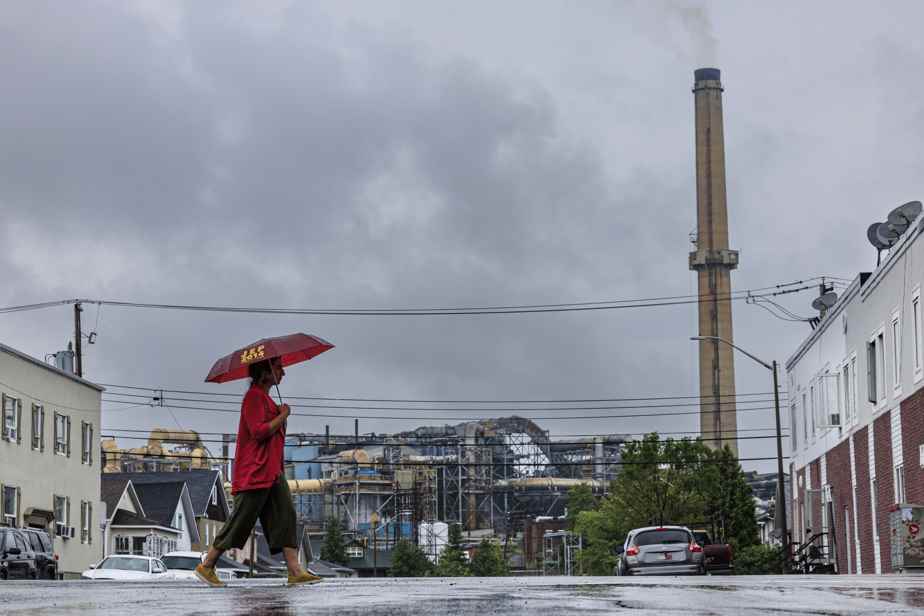(Montreal) During an expected visit to Rouyn-Noranda on Wednesday, the Minister of the Environment, Benoit Charette, did not commit to ensuring that the Horne Foundry meets Quebec arsenic emission standards. However, it is considering establishing daily thresholds.
Posted at 1:39 p.m.
It could also impose on Glencore, owner of the smelter, emission thresholds for different metals and not just for arsenic.
Benoit Charette discussed these proposals during a meeting with citizens’ committees and doctors in Rouyn-Noranda on Wednesday noon.
Doctor Claudel Naud-Bellavance, who practices in Rouyn-Noranda and who grew up in this city of Abitibi-Témiscamingue, was one of the stakeholders who met with the Minister.
“He brought us the outline of a much more structured plan than what had been presented so far,” indicated the family doctor, specifying however that “it is still incomplete”.
According to her, the meeting with the minister will not alleviate the concern of her patients.

PHOTO EDOUARD PLANTE-FRÉCHETTE, LA PRESSE ARCHIVES
Doctor Clodel Naud-Bellavance
“When there is nothing concrete, it’s hard to be calm,” she summed up, reiterating the request of several doctors in the region who, like her, have made public appearances in recent years. weeks.
“We want the same air quality as elsewhere in Quebec, it’s simple, and to achieve it, it’s three nanograms,” said the DD Naud-Bellavance by referring to the provincial standard which is set at 3 ng/m3.
The Horne Smelter currently releases up to 100 nanograms of arsenic per cubic meter (100 ng/m3), 33 times higher than the provincial standard.
“We want to protect people’s health. We don’t want a higher threshold, because arsenic is a carcinogen without a threshold, so as soon as we raise the threshold, we increase the risk of cancer and as a doctor, we want as few cancers as possible, “summed up Claudel Naud. -Bellavance.
The faster and greater the decrease in arsenic emissions in the air of Rouyn-Noranda, the more there will be a gain for public health, according to a recent report by the National Institute of Public Health of Quebec (INSPQ) .
Jacinthe Châteauvert, President of the Abitibi-Témiscamingue Regional Environmental Council (CREAT), was also present at the meeting with the Minister, a meeting she described as cordial.
Minister Charette “did not compromise on figures, but he told us that he intended to ask for a significant reduction in the percentage of arsenic, without necessarily naming a threshold, and he told us that he could put interim targets in the attestation,” she summed up.
According to Mme Châteauvert, the Minister left the idea of imposing on Glencore an arsenic emission threshold which would gradually decrease each year when he renews the clean-up certificate in the coming weeks.
